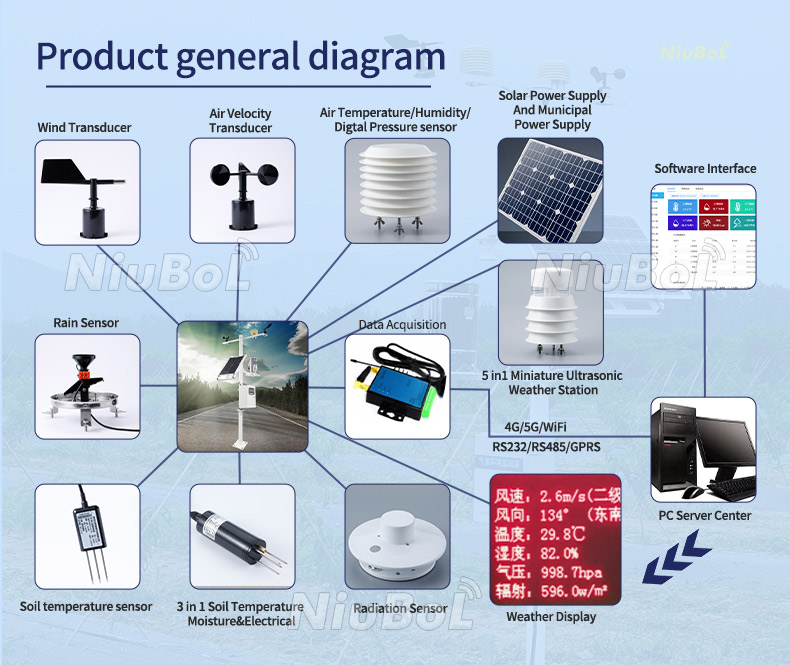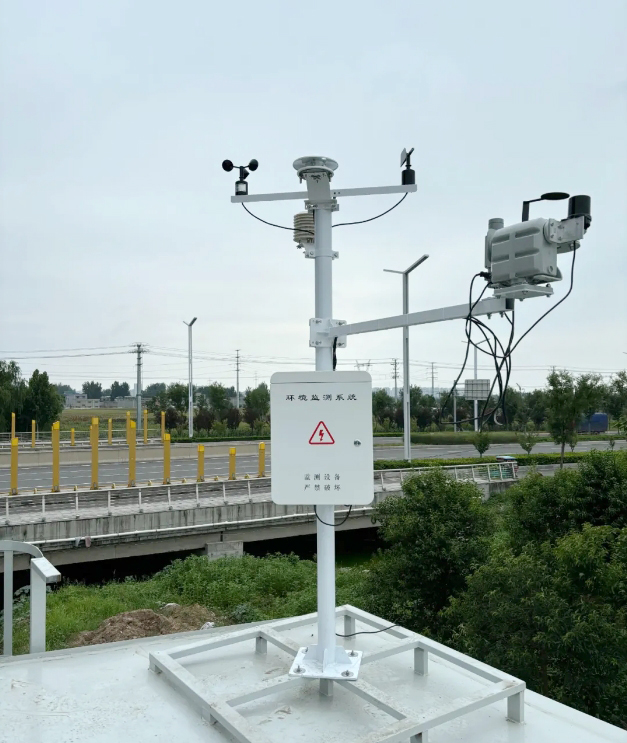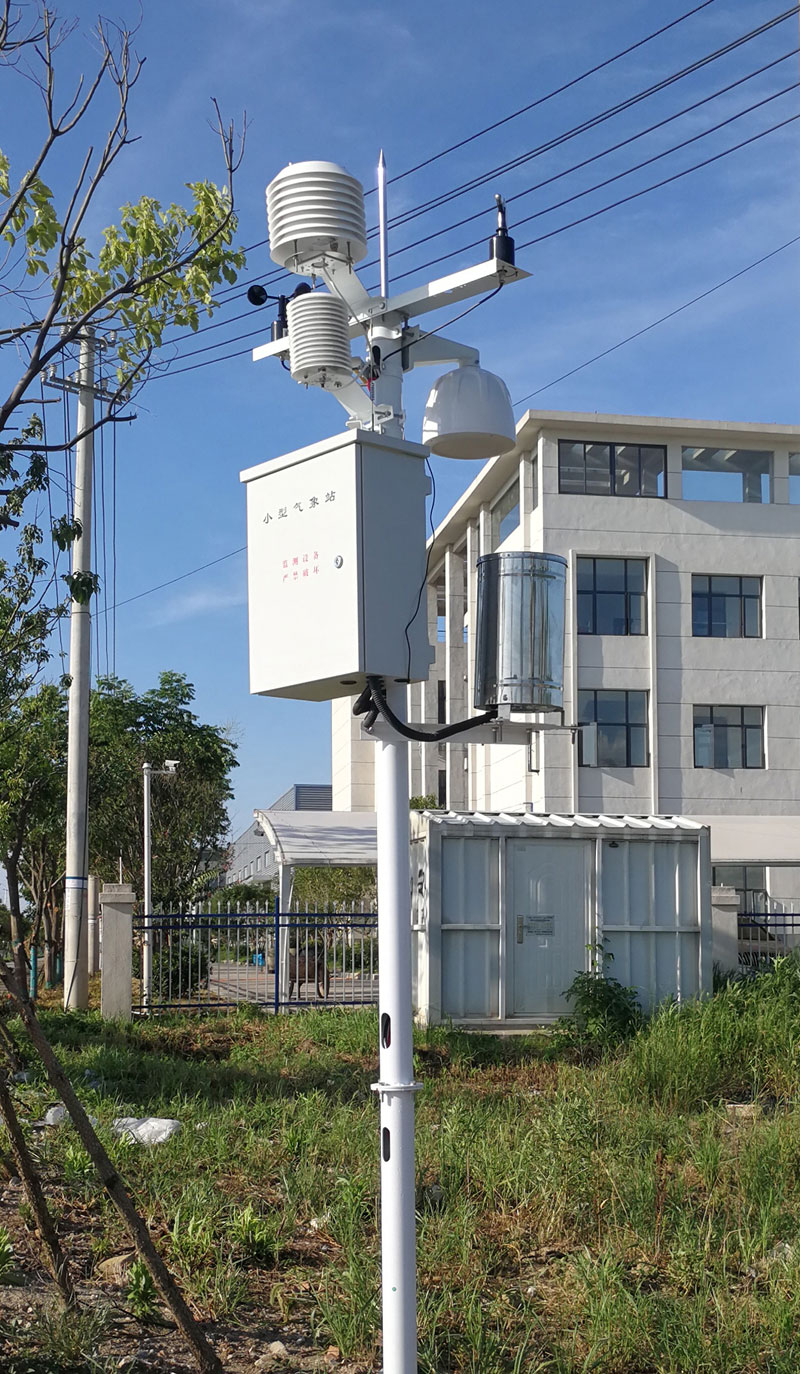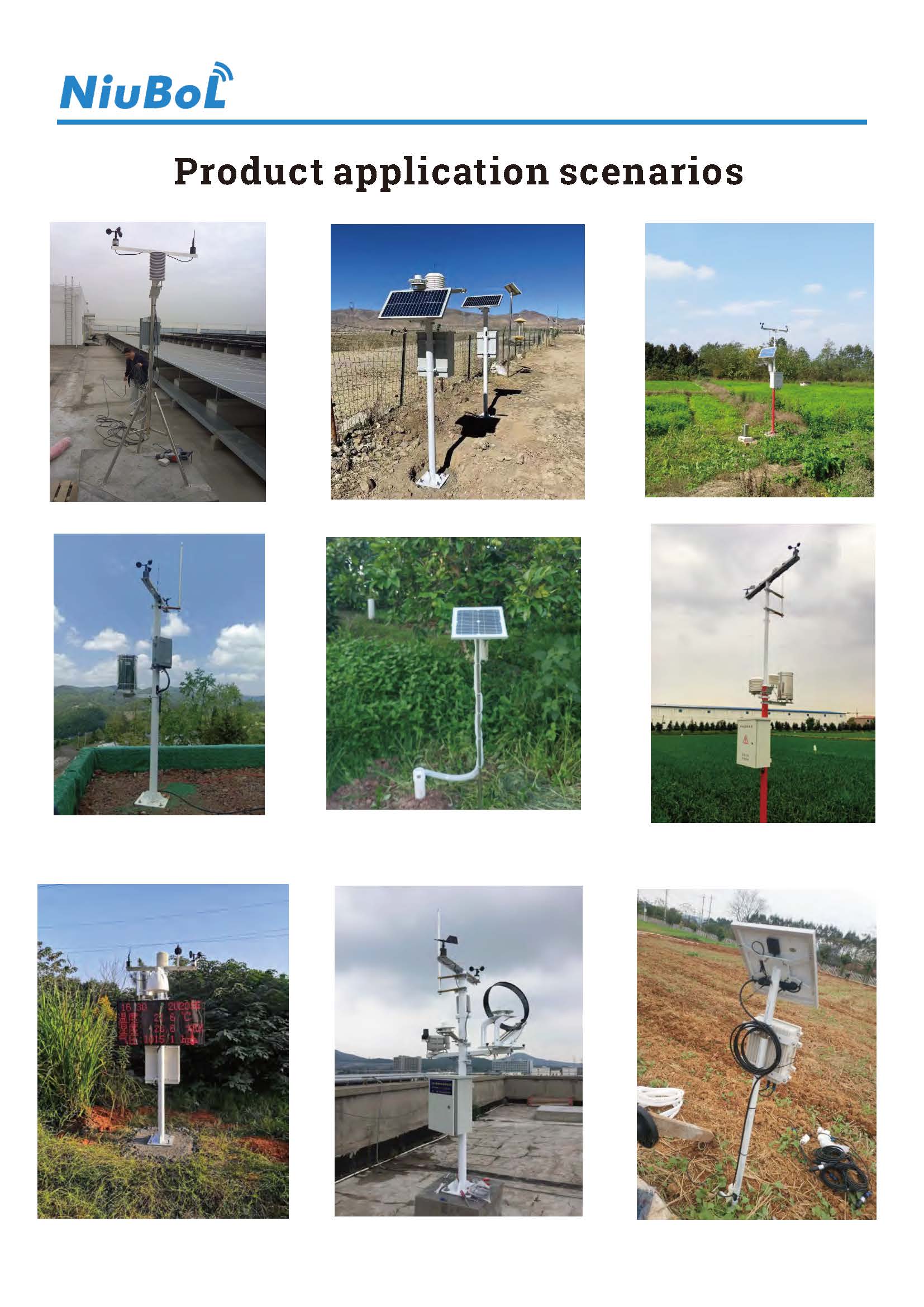

— Blogs —
—Products—
 Consumer hotline +8618073152920
Consumer hotline +8618073152920 WhatsApp:+8615367865107
Address:Room 102, District D, Houhu Industrial Park, Yuelu District, Changsha City, Hunan Province, China
Product knowledge
Time:2025-10-13 17:07:27 Popularity:379
The Automatic Weather Station (AWS) is the core foundation of modern meteorological observation systems. As the name suggests, AWS is an unmanned equipment system capable of automatically collecting, recording, processing, and transmitting meteorological data. It replaces traditional manual observations, achieving high-frequency, continuous, real-time, and standardized meteorological observations. Even during nights, holidays, or extreme weather, AWS can operate continuously, providing reliable meteorological data for meteorological bureaus, research institutions, airports, agriculture, and environmental monitoring.
It ensures that every gust of wind, every drop of rain, and every degree of temperature difference has a data basis.
A complete AWS system typically consists of the following parts, with each module collaborating to form a stable meteorological monitoring network.
Responsible for real-time measurement of various meteorological parameters:
- Air temperature and relative humidity sensors
- Barometric pressure sensors
- Wind speed and direction sensors
- Rainfall amount sensors and rainfall intensity
- Solar radiation sensors and sunshine duration
These sensors often use electronic designs that directly output digital signals, facilitating automatic collection and remote transmission.
The "brain" of AWS.
It wakes up and reads sensor data at set time intervals, applies timestamps, calibration, and storage, and can run local warning algorithms (such as wind speed threshold alerts or rainfall warnings). The logger also interacts with the communication module to upload processed data to cloud platforms.
AWS transmits data through various methods:
- 4G / 5G cellular networks (most common)
- LoRaWAN / NB-IoT (low-power wide-area transmission)
- Satellite communication (for remote areas)
These communication methods ensure data real-time and coverage, maintaining remote monitorability even in environments without human intervention.
AWS typically uses a dual power system of solar panels + batteries to ensure 24-hour continuous operation. During cloudy weather or at night, batteries automatically supply power, allowing the system to run stably for several days.
Sturdy stainless steel or aluminum alloy brackets ensure installation heights comply with WMO (World Meteorological Organization) standards. External radiation shields and rainproof devices on sensors reduce errors. The entire station features lightning protection, dustproofing, waterproofing, and other characteristics, suitable for various outdoor environments.

AWS adheres to international standards (such as WMO / ISO specifications), ensuring consistent data collection frequency and accuracy, eliminating human errors and making data globally comparable.
AWS can operate at minute-level or even second-level sampling frequencies, capturing short-term meteorological events like showers, wind shear, and sudden temperature changes.
This is crucial for weather warnings, navigation monitoring, and agricultural microclimate analysis.
After one-time deployment, it can run unattended for extended periods, requiring only periodic cleaning and battery checks.
Compared to manual observations, long-term operational costs are significantly reduced.
AWS supports quick expansion with new sensor modules, such as soil moisture, leaf wetness, photosynthetically active radiation, or even water quality monitoring sensors.
The system integrates easily through standard interfaces (RS485, SDI-12, Modbus, etc.), allowing flexible upgrades.

Urban Climate Monitoring: Heat Island Effect Analysis
A coastal city deployed NiuBoL's AWS network system.
Multiple weather stations real-time monitored temperature, humidity, and radiation data across different urban areas.
The system automatically generated urban heat island distribution maps, guiding planning departments in optimizing green layouts and building reflective coatings.
Customized Agricultural Application: Coastal Farm Protection
In the surrounding agrometeorological stations of the same area, AWS continuously monitored wind speed and salt spray risks.
The system issued automatic warnings before sea breezes intensified, allowing farms to promptly cover protective nets, avoiding 20% crop yield losses and achieving true "meteorology-driven agricultural decision-making."

NiuBoL Automatic Weather Stations are centered on industrial-grade design:
Integrated with high-precision ultrasonic wind speed and direction instruments, air temperature and humidity sensors, tipping bucket rain gauges; supports 4G and LoRaWAN communication backups, built-in data caching and offline retransmission mechanisms, modular structure for on-site expansion.
To make every weather station a trusted source of environmental data.
Whether you are a meteorological bureau, research institution, university lab, or smart agriculture project, NiuBoL's AWS system provides sustainable and scalable solutions.
Contact us → [sales@niubol.com] for customized AWS solutions and system integration advice.
A: Yes. NiuBoL data loggers support remote configuration, allowing users to set sampling intervals based on application needs (e.g., 10 seconds, 30 seconds, or 1 minute), balancing accuracy and power consumption flexibly.
A: The equipment uses industrial-grade EMC design to effectively suppress electromagnetic noise.
Key components like anemometers are installed with bird spikes and protective covers to reduce measurement deviations caused by bird perching or water accumulation.
A: Yes. AWS reserves multiple digital and analog expansion interfaces, supporting protocols like RS485, SDI-12, and 4–20mA, allowing easy integration of soil moisture, water level, water quality, and light modules.
A: Generally, clean the rain gauge and radiation shields every 3–6 months, and check batteries and solar panels. The system itself requires no frequent calibration and can run stably for long periods.

The Automatic Weather Station (AWS) is more than just a meteorological instrument—it's the core node connecting atmospheric data, energy security, agricultural decisions, and environmental protection.
It makes meteorological observations smarter and more continuous; it makes agricultural production more scientific and precise; it provides stronger data support for research and urban management.
Choosing AWS means choosing a future of precise, real-time, and standardized data. NiuBoL—Your Cornerstone for Meteorological Data.
Prev:What Is an Anemometer and How Does It Work?
Next:Impact of Climate Change on Sensor Demand in Agriculture
Related recommendations
Sensors & Weather Stations Catalog
Agriculture Sensors and Weather Stations Catalog-NiuBoL.pdf
Weather Stations Catalog-NiuBoL.pdf
Related products
 Combined air temperature and relative humidity sensor
Combined air temperature and relative humidity sensor Soil Moisture Temperature sensor for irrigation
Soil Moisture Temperature sensor for irrigation Soil pH sensor RS485 soil Testing instrument soil ph meter for agriculture
Soil pH sensor RS485 soil Testing instrument soil ph meter for agriculture Wind Speed sensor Output Modbus/RS485/Analog/0-5V/4-20mA
Wind Speed sensor Output Modbus/RS485/Analog/0-5V/4-20mA Tipping bucket rain gauge for weather monitoring auto rainfall sensor RS485/Outdoor/stainless steel
Tipping bucket rain gauge for weather monitoring auto rainfall sensor RS485/Outdoor/stainless steel Pyranometer Solar Radiation Sensor 4-20mA/RS485
Pyranometer Solar Radiation Sensor 4-20mA/RS485
Screenshot, WhatsApp to identify the QR code
WhatsApp number:+8615367865107
(Click on WhatsApp to copy and add friends)
